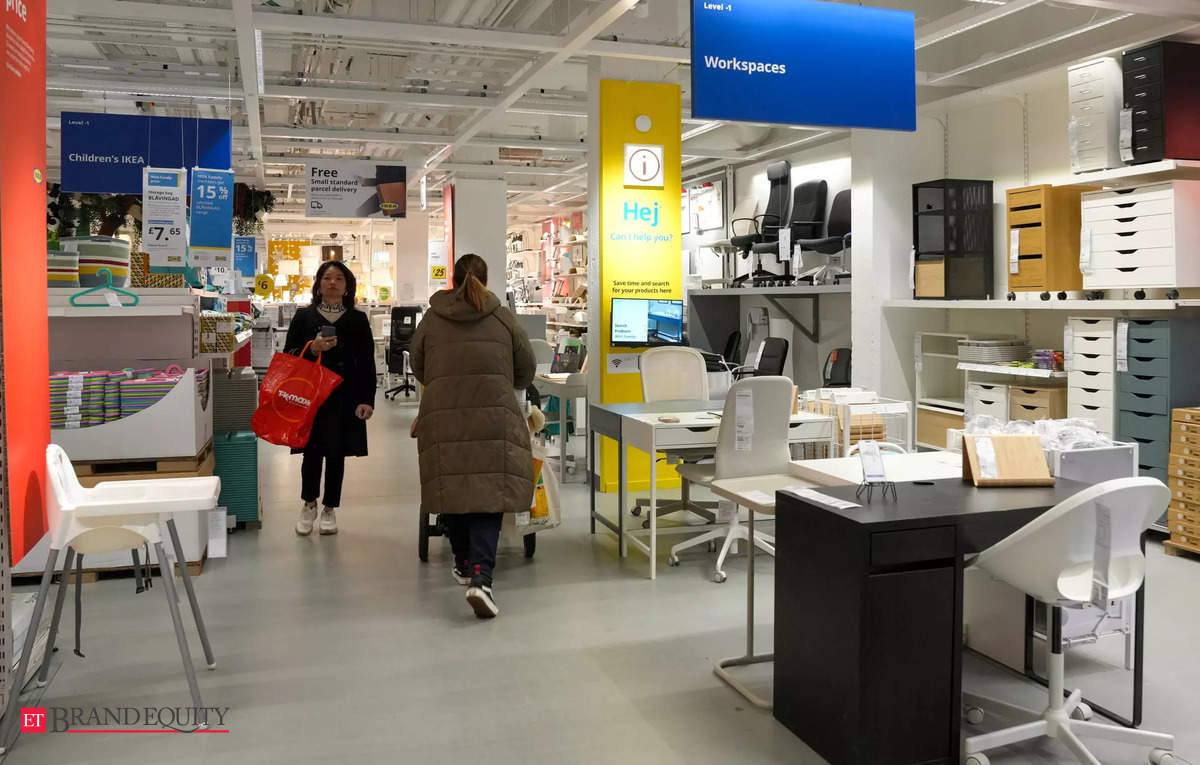[ad_1]

Retailers across categories are opening bigger bricks-and-mortar stores along with expanding their existing stores as consumers are increasingly looking for a better experience in physical retail. According to Anarock data, the share of stores smaller than 2,000 square feet declined to 52% in the first half of 2023-24, as against 61% a year ago.
The share of stores sized 2,000-5,000 sq ft increased during this period, to 21% from 19%, as did that of those sized 5,000-10,000 sq ft (11% from 9%) and 10,000-15,000 sq ft (13% from 9%).
Real estate services firm Anarock said retailers across categories are adopting a two-pronged approach by expanding and entering newer markets and also increasing their store sizes to capitalize on the growing share of the organised retail market.
“Store is now more about experience than merchandising. Brands have realised that and they by expanding the store they are expanding the offering,” said Pankaj Renjhen, COO and joint MD, Anarock Retail.
The market share of organised retail market in India is growing at a rapid pace with sales & footfalls reaching an all-time high.
“Today, shopping is more than just a mere transaction; consumers expect an overall pleasant buying experience. Ample in-store space allows for a wider selection of products and fosters an inviting atmosphere that elevates the shopping experience to newer heights,” said Tushar Ved, President of Apparel Group India Pvt Ltd which sells brands such as Aldo, Canadian lingerie and sleepwear brand, la Vie en Rose, Charles & Keith and Bath & Body Works in India.
Some retailers have increased the average store size by 30-40% while a few doubled it, despite rising rentals, said mall operators.
“Physical retail has undergone a significant change post-Covid and malls have to adjust accordingly. While expanding at an existing mall becomes difficult, on request of brands we have adjusted some of them. At our new mall, they are asking for a bigger area as store design has also changed,” said Harsh V Bansal, co-founder of Unity group which operates about half a dozen malls in Delhi and Punjab.
Retailers in India leased nearly 4.73 million sq ft of space across top cities in the first nine months of 2023, marking a strong rebound from the pandemic-induced slowdown. Leasing activity during the period was higher than the entire 2022, showed data from CBRE.
“We believe that larger-format stores offer the best experience for customers, by allowing us to showcase our full lineup. Larger stores allow us to weave a narrative, wherein we can invite customers to spend time exploring,” said UNIQLO India spokesperson.
While companies including Reliance Retail, Aditya Birla Fashion and Retail, D’Mart, Tata group’s Trent, Shoppers Stop, Lifestyle and Starbucks continued to add stores, others such as Uniqlo, Latin Quarters, Meena Bazaar, Lee and Wrangler started expanding bricks-and-mortar stores.
“Unlike a one-size-fits-all approach towards sizing, we prioritize a balanced approach which is strategically driven by a thorough analysis of customer profile, demand in each city, economic viability and most importantly revenue per square feet. This key metric is used for the identification of the right size of the store to ensure that each store creates an environment that resonates with our customers as well as contributes to the overall success of our retail model,” said Pankaj Gupta, Head- Retail Operations, Bata India.
According to CBRE, retail sector leasing increased 46% year-on-year in the January-September period. Total absorption in the country’s top eight cities increased to 4.73 million sq ft from 3.23 million sq ft a year ago.
Fashion and apparel, and home and department stores dominated leasing activity with more than 50% share. Bengaluru, Delhi-National Capital Region and Pune collectively accounted for more than 61% share during this period. Supply of fresh retail space soared 577% year-on-year in the first nine months of 2023 to about 2.98 million sq ft.
Bigger stores mean higher rentals for retailers and they need more footfall to increase the revenue. However, the conversion rate matters more than footfall, according to retailers.
After the Covid-19-induced lockdown, retailers had started shutting stores or reducing the size of stores to save on rentals. The trend reversed with the return of shoppers to the malls and markets.
[ad_2]
Source link






